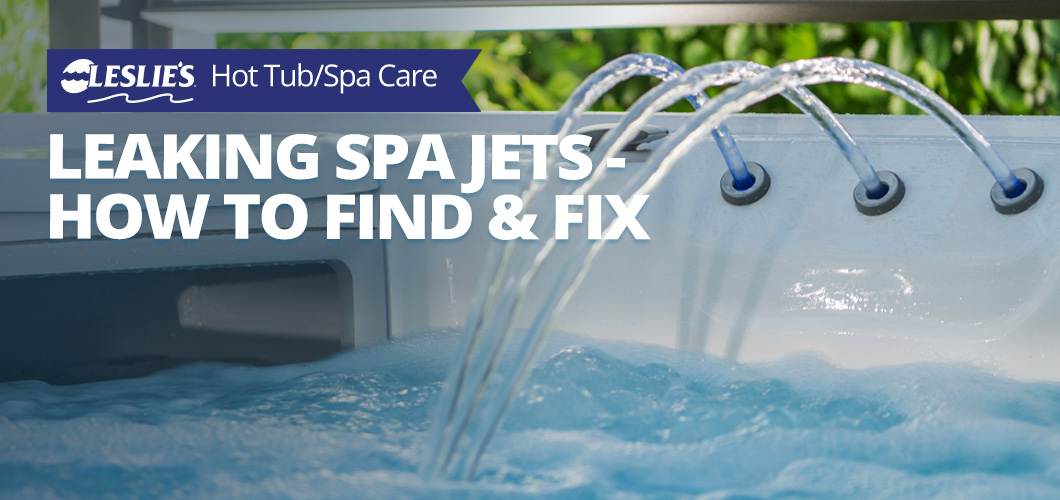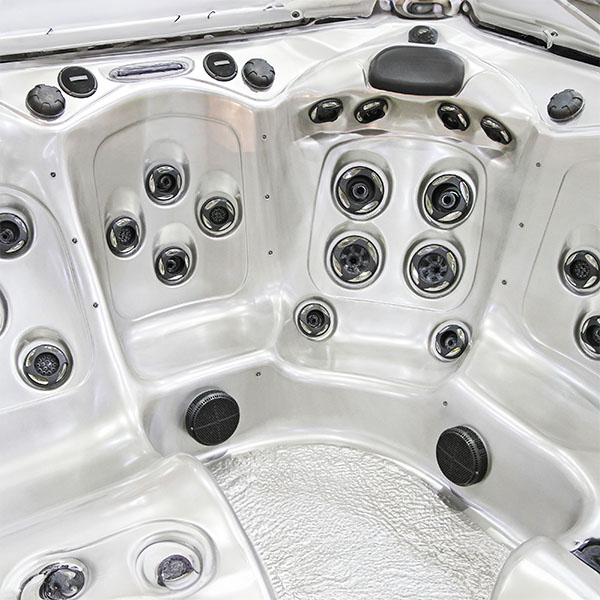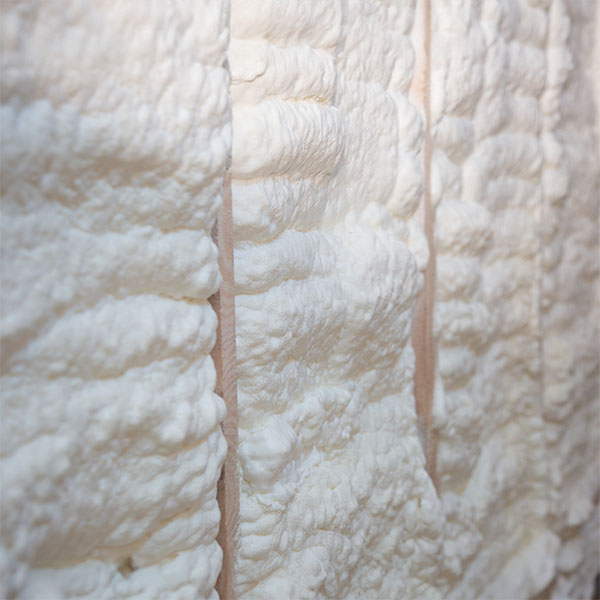
Leaking Spa Jets - How to Find & Fix
Spas and hot tubs are not supposed to leak, but over time, it's not uncommon for a leak to develop in an older spa. Knowing where to look for spa leaks is the first step in leak detection. A spa can evaporate several inches of water if left open and uncovered, or used for several hours per week. But, if you are adding more replacement water than normal, and perhaps using the spa less lately...you may have a leak.
Where is Your Spa Leaking?
Spas and hot tubs can leak in many locations, including from the spa jets themselves. Rarely do spas leak from the shell itself. They are simply too strong, rather leaks are almost always found in plumbing junctions, gaskets or seals.
If you think you are losing water in your spa, open the equipment access and check these areas first:
- Water dripping off of the pump (unions, drain plugs, shaft seal)
- Water dripping off of heater (unions, pressure switch)
- Water pouring out of blower (check valve failure)
- Water leaking from valves (valve body or gasket failure)
- Water leaking from spa light (gasket failure)
- Water leaking from jets (internal cracks or bad gasket)
Still Leaking?

If you got through 1-5 and found no puddles or dripping water, it's time to look at the spa jets, which leak rarely, maybe 10% of the time. Spa jets can leak where the flex pipe attaches either the larger water pipes, or the smaller air line.
They can also lose the seal made by a rubber gasket against the back of the spa shell. These rubber gaskets, compressed by the locking nut or the jet body, can deteriorate over time - or it could just be a loose locking nut.
Spa Jet Tools
Many spa jets have a special wrench used to tighten their particular jet lock nut. Others have a tool that is inserted on the spa side, to keep the flange from spinning while the lock nut or valve body is tightened up on the gasket. Without the proper spa jet tools, some of them are nearly impossible to seal up.
Full Foam Insulation

For spas that have full spray insulation on the underside of the spa shell, finding the source of a spa leak can be challenging - but not impossible. If you have spa jets at different levels, around the spa (as most do), you can shut off the pump, and let the spa leak until it stabilizes at one particular level - or stops leaking. At the point that it stops, which may be at the bottom of one of your spa jets, is the point to start looking.
If you see water coming out from under your spa on one side of the spa, that can be the logical place for exploration. Removing the cabinet on that side would be required; a razor knife and putty knife are useful tools to score and pry off a panel, if there are no visible screws. Proceed slowly to avoid damaging any side panels while removing them for access.
Once access is made behind the panel, the insulation can be cut with a drywall saw or serrated kitchen knife, at the level of suspected spa jets. Open many small holes if you have many jets to check on that side. Proceed cautiously as you near the jets, to avoid cutting pipes or wires.
After a repair to jets or pipes buried in insulation foam, replace any large blocks of foam you managed to remove intact, and then fill in any gaps with a spray foam insulation.
A Quick Spa Jet Repair Method
You may have already wondered, "can't I just put a sealant on the inside of the spa, around the jet fitting?" If the leak is the gasket and not the pipe connections, which it usually is.
To verify, you can dye test around the spa jets with food coloring. Shut off the pump, and with bright lighting and a mask or goggles, squirt small drops of dye underwater, around the jet face or flange. Sometimes the leak is too small to pull enough dye through, and sometimes the jet gasket only leaks when the pumps are on.
You may want to try to seal up around a suspected spa jet, using BOSS® silicone, or similar products, but - it may not fix the problem and can be messy looking unless you are careful and skillful during application.